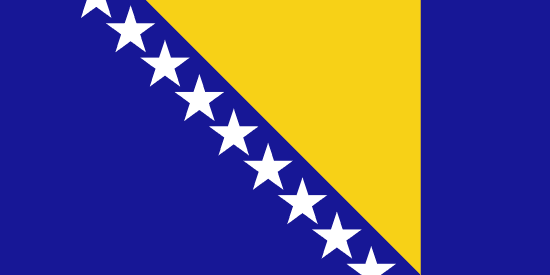"Stari Most - simbol Mostara | The Old Bridge - a symbol of Mostar"
About:
Mostar, a city in Bosnia and Herzegovina, was founded in the 15th century by the Ottomans. Its name derives from "mostari" (bridge keepers), reflecting the city's iconic Old Bridge. In the late 19th century, it fell under Austro-Hungarian rule. Post-WWII, it became part of socialist Yugoslavia. The 1990s Bosnian War severely damaged the city, including the Old Bridge. Since the war's end, Mostar has been divided into Croat and Bosniak sectors, but has also seen significant reconstruction, including the Old Bridge's 2004 restoration.
When to visit:
Mostar, a picturesque city in Bosnia and Herzegovina, is best visited during the spring and autumn months. The weather during these seasons is mild and pleasant, perfect for exploring the historic sites and natural beauty of the region. Spring, from April to June, offers blooming flowers and lush landscapes, while autumn, from September to November, showcases stunning fall foliage. Additionally, visiting during these off-peak seasons allows for a more peaceful and authentic experience in Mostar.
When to avoid:
The worst time to travel to Mostar on a holiday is during the peak summer months of July and August. These months experience high temperatures, often exceeding 35°C (95°F), making sightseeing and outdoor activities uncomfortable. Additionally, the city can become overcrowded with tourists during this time, leading to long queues and difficulty finding accommodation. It is advisable to avoid visiting Mostar during this period and instead opt for the shoulder seasons of spring or autumn for a more pleasant and enjoyable travel experience.
Winter (Dec-Feb)
During winter, specifically in January, Mostar experiences its coldest weather, with temperatures averaging between 1°C to 10°C. Rainfall is also at its highest during this period, with an average of 100mm. The city is often overcast, receiving only about 3 hours of sunlight daily. The average day for a visitor might involve bracing the cold and navigating wet streets. Despite the weather, the city's charm is undiminished, with the misty views of the iconic Stari Most (Old Bridge) offering a unique spectacle.
Summer (June - August)
The warmest part of the year in Mostar, Bosnia and Herzegovina, is from June to August, with July being the hottest month. During this period, the average high temperature ranges from 30°C to 35°C (86°F to 95°F), while the average low temperature is around 20°C (68°F).
The city experiences moderate rainfall during these months, with July being the driest month. The average rainfall is approximately 40-50mm per month, with sudden showers being relatively common but usually short-lived.
Mostar is known for its abundant sunshine during the warmest part of the year. The city can enjoy up to 10-12 hours of daylight per day, with the sun typically rising around 5:30 AM and setting around 8:30 PM.
Humidity during this period is relatively low, usually around 30-40%, making the heat more bearable. Cloudiness is also minimal, with clear, blue skies being the norm.
For a visitor, a typical day in Mostar during the warmest part of the year feels hot, especially in the afternoon. However, the low humidity makes the heat less oppressive. The mornings and evenings are usually more comfortable and are the best times for outdoor activities. The occasional rain shower offers a refreshing break from the heat. The abundant sunshine and clear skies make it perfect for sightseeing and exploring the city's historic sites. Don't forget to stay hydrated and wear sun protection!
Language:
Bosnian, Croatian, and Serbian are the most commonly spoken languages in Mostar, Bosnia and Herzegovina. These languages, while distinct, share a high degree of mutual intelligibility. The city's multilingualism reflects its diverse cultural and historical influences.




